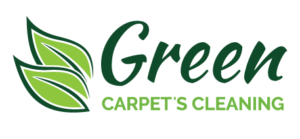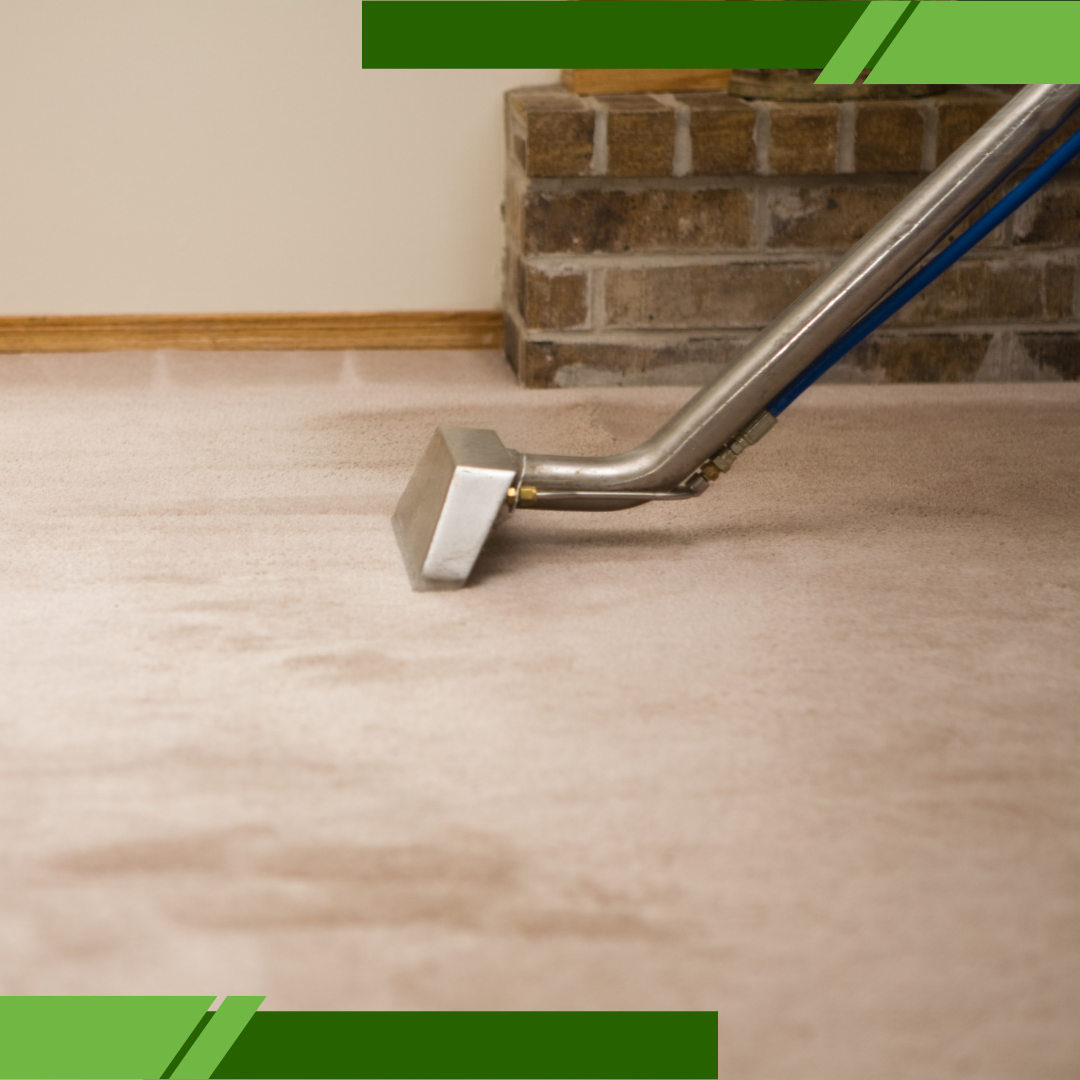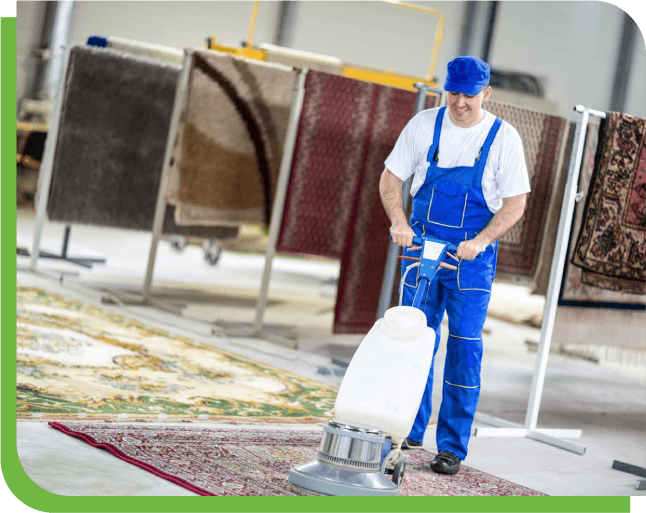Get in touch
Fill this up to proceed

We are committed to providing a world-class carpet, rug, upholstery, drapery or mattress cleaning services that will open your door to a happier and healthier green indoor environment.
If you’re trying to spot and prevent mold in your home, early detection and a solid cleaning routine are your best defenses. Mold and water damage don’t just affect your home’s aesthetics—they can cause structural issues and trigger allergies. Whether you live in a beachside home in West Hollywood, Los Angeles or a high-humidity area, prevention starts with awareness and action. Below, you’ll learn how to spot and prevent mold in your home.
The first step to spot and prevent mold is knowing what to look for. Mold doesn’t always appear as large dark patches on walls; sometimes, it’s subtle and easy to miss until damage is already done.
Watch out for these signs:
In coastal climates like West Hollywood, where moisture hangs in the air, you should act on and be informed how to spot and prevent mold.

Routine cleaning is one of the simplest ways to spot and prevent mold. Dust and organic debris serve as food sources for mold spores, so keeping things tidy and dry goes a long way. Always prep your surfaces before deep cleaning or applying preventative products.
Maintenance tips for mold-prone areas:
This is also a good time to evaluate textiles—rugs, drapes, upholstery—and consider professional carpet cleaning if needed, especially after humid seasons.

One of the most overlooked ways to spot and prevent mold is by improving indoor air circulation. Trapped humidity is a mold magnet, and keeping air moving helps stop spores from settling.
Ventilation strategies include:
If you’re in West Hollywood, beach air can create unexpected indoor dampness—making airflow solutions even more crucial year-round.
Not all mold problems are visible, this is why it is kinda difficult to spot and prevent mold. Hidden areas like behind appliances or under flooring are mold hotspots. Regular inspections and having the right supplies on hand can help catch issues before they spread.
Check these hidden areas monthly:
Mold prevention supply checklist:
Mold thrives in damp, dark environments with poor airflow—especially where there’s organic material to feed on.
At least once a month, especially in high-risk zones like bathrooms, basements, and behind large appliances.
Routine cleaning helps, but mold prevention also involves moisture control, proper ventilation, and fixing leaks quickly.
Yes, if it’s surface-level and under 10 square feet. Wear protective gear and use mold-specific cleaners.
Yes, especially for deep cleaning, HVAC system checks, or if you suspect mold behind walls or under floors.

We are committed to providing a world-class carpet, rug, upholstery, drapery or mattress cleaning services that will open your door to a happier and healthier green indoor environment.
We are committed to providing a world-class carpet, rug, upholstery, drapery or mattress cleaning services that will open your door to a happier and healthier green indoor environment.